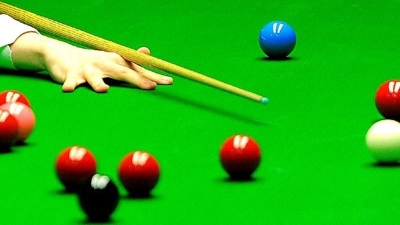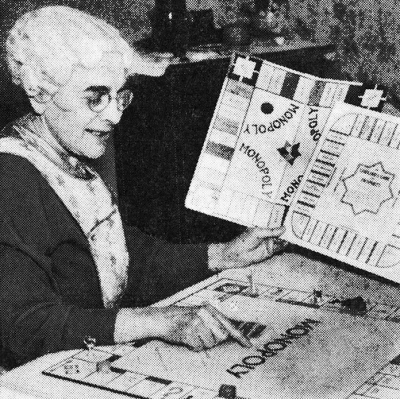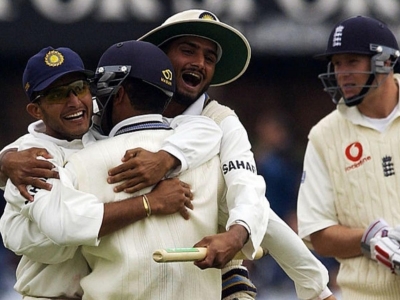How many Olympic medals does Michael Phelps have?

Michael Phelps is without doubt the best swimmer of all time and one of the greatest Olympians ever. He finished his Olympics career, which he started as a 15-year-old at the 2000 Sydney Games.
Phelps has 28 medals in total: his 23 gold medals are more than double the count of his nearest rivals, and its not as if other swimmers have accrued silly numbers of medals, either. Apart from Spitz, Matt Biondi (USA, eight golds) and Jenny Thompson (USA, eight golds), no other swimmer worldwide has managed more than six gold medals in total. 23 is astonishing.
Having not picked up a single medal on his debut, he ran riot in the next four editions that he participated to finish with an all-time record haul at the Olympics, in addition to the innumerable medals that he has picked up in swimming championships worldwide.
Phelps towers over the rest of the individuals in the Olympics medal tally and he is often peerless when looking to compare with other athletes. So instead, if we were to consider Phelps as a country, where would he be on the all-time medals tally? With 23 golds - 13 of which were individual golds - three silver and two bronze, Phelps the one-man country will have less than one-fourth of the over 200 countries that participate at the Olympics above him. And this is through the history of the games - meaning Phelps currently has a medal haul that is better than over 150 countries, including India. Yet this ranking sells him short in some ways, because four of the countries ahead of him are Germany, which over time has competed as Germany, West Germany, East Germany and the Unified German Team. Russia, the Soviet Union and and the 1992 Unified Team (made up of the 15 former Soviet republics) account for three more countries ahead of Phelps. If measured against the 205 countries now in Rio, the Republic of Phelps has more gold medals than all but 32 of them.
Credit : Archive.KPCC
Picture Credit : Google


